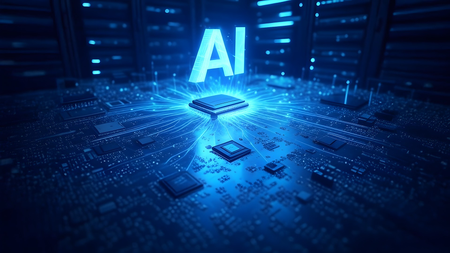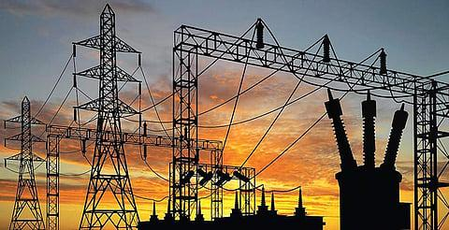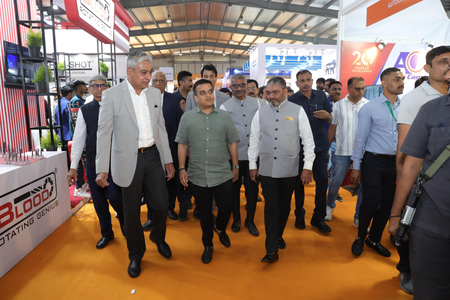
New Delhi, March 10 (IANS) As billions of people will vote in elections around the world this year, growing threats from artificial intelligence (AI) technology such as deepfake videos and voice synching can be used to help influence public opinion, discredit people or politicians, experts said on Sunday.
This year, elections will be held in more than 50 countries around the world, including India.
“Deepfakes pose a significant threat to democracy, as they are frequently weaponised to manipulate opinions, influence stock prices, and create misinformation,” Harish Kumar GS, Head of Sales, India and SAARC, Check Point Software Technologies, told IANS.
“These deepfake videos and voice synching can be used to help sway public opinion, discredit individuals or politicians, especially during salient timing such as elections, disrupting the political party and destroying the politician’s image and reputation and disturbing the democratic system,” he added.
The proliferation of deepfake content surged in late 2017, with over 7,900 videos online. By early 2019, this number nearly doubled to 14,678, and the trend continues to escalate, according to experts.
Recently, deepfake videos of former US President Bill Clinton and current President Joe Biden were fabricated and circulated to confuse citizens during the presidential elections.
Similarly, a deepfake video of Ukrainian President Volodymyr Zelensky urging soldiers to surrender in their fight against Russia was shared on social media, creating panic and confusion.
The Indian government has issued directives to social media platforms such as X and Meta (formerly Facebook), urging them to regulate the proliferation of AI-generated deepfake content.
Ahead of the Lok Sabha elections, the Ministry of Electronics & IT (MeitY) has issued an advisory to such platforms to remove AI-generated deepfakes from their platforms.
To combat these threats, experts said that organisations must defend themselves against deepfake attacks.
“As AI continues to advance, it becomes imperative to manage its dual role by harnessing its capabilities to combat deepfake threats while mitigating the risks associated with potential misuse,” said Vishal Salvi, CEO of Quick Heal Technologies.
He also mentioned that despite the numerous potential drawbacks, AI is anticipated to advance cybersecurity and aid organisations in establishing more robust security measures.
According to experts, effective detection of deepfake content requires meticulous examination of various aspects of the media.
To detect such content, they suggested to begin by scrutinising facial expressions and movements for inconsistencies, such as irregular blinking patterns or discrepancies between audio and visual cues.
Pay attention to lip-sync errors and evaluate lighting conditions and shadows for anomalies that could reveal manipulation. Be vigilant of unusual backgrounds and listen for audio irregularities.
Additionally, consider utilising deepfake detection tools and software applications available online to further scrutinise media for potential manipulation.
(Shrey Srivastava can be reached at shrey.s@ians.in)
–IANS
shs/uk




